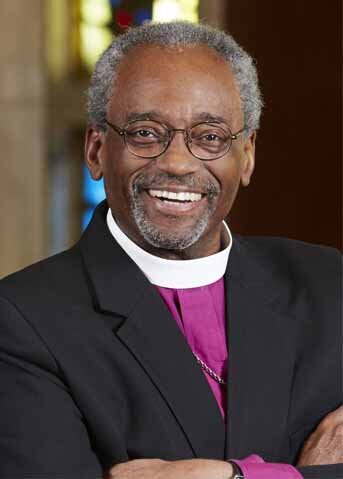Barnabas may be the apostle we hear the least about, but without him, the early spread of Christianity would most certainly have been severely curtailed.
Born Joseph of Jewish parents in Cyprus, we’re given the earliest big example of why the apostles nicknamed him Barnabas—an Aramaic expression meaning ‘son of encouragement’ in Acts 4. There we learn that soon after his conversion, he “sold a field that belonged to him, then brought the money and laid it at the apostles’ feet” (Acts 4:36-37). For the likely hand-to-mouth disciples, this would have been a big deal.
Perhaps most significantly, when Christian-killing Saul—after his Damascus road experience—attempted to join up with the disciples in Jerusalem, Barnabas courageously vouched for him. Some early sources say Joseph and Saul, soon to be Barnabas and Paul, had known each other through having been fellow students of the renowned Jewish teacher Gamaliel. Who knows how long the Jerusalem church, understandably suspicious of their former persecutor, would have otherwise taken to accept the man who would become foremost in the early spread of the Gospel (Acts 9:26-31)?
A short time later, when the leaders of the church in Jerusalem became concerned at the news that even Gentiles were accepting Christ as their saviour in the northern city of Antioch, they sent Barnabas to investigate. It seems that since he had gotten it so right with Paul, they trusted his judgement. His visit there being so illustrative of who he was and how important to the growth of the church, it’s worth quoting the whole story from Acts.
“When he came and saw the grace of God, he rejoiced, and he exhorted them all to remain faithful to the Lord with steadfast devotion; for he was a good man, full of the Holy Spirit and of faith. And a great many people were brought to the Lord. Then Barnabas went to Tarsus to look for Saul, and when he had found him, he brought him to Antioch. So it was that for an entire year they met with the church and taught a great many people, and it was in Antioch that the disciples were first called ‘Christians’. "
—Acts 11: 23-26
Barnabas then, along with Paul, helped to smooth out Jew/Gentile tensions that arose in the early church and both took part in the Council of Jerusalem, called to specifically address these issues.
Like everyone who works together, whether in ministry or not, disagreements arose. Yet Barnabas seemed to always, with God’s help, manage to turn the situations around.
At one point he and Paul disagree over the propriety of taking Mark along on a missionary journey, stalwart Paul being against it because Mark had abandoned them on a previous trip. Barnabas the bridge-builder preferred to give him another chance. Unbending Paul refused, selecting Silas as his new mission partner.
Humanly speaking the unresolved contention seemed to cause an unfortunate split in the early church. Yet like cells dividing in an organism to build a body, God used that very split to create two missions out of one and accelerate the growth of His church. Barnabas headed out with Mark to Cyprus, and Paul brought in Silas to help with his own missions through Syria and Cilicia. As Ken suggested, we might not even have the Gospel of Mark were it not for the conciliatory efforts of St. Barnabas.
While all are not called out on far-ranging mission trips or to be leaders, surely, in our broken world, we need to answer the call to be encouragers, bridge-builders and peace-promoters.


















